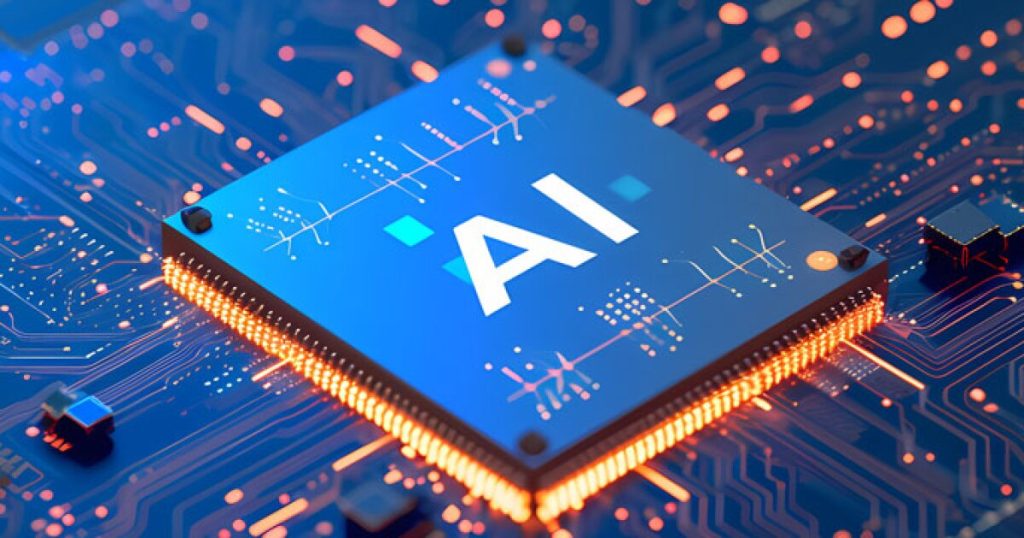The idea of AI replicating itself touches on significant concerns about the future of technology, autonomy, and control. While current AI systems, such as those used in machine learning and automation, can optimize their operations and improve through training, the notion of AI autonomously replicating or evolving itself suggests a shift towards more advanced capabilities, like self-improvement, self-replication, or even developing new, more advanced versions of itself.

How Close Are We to AI Replicating Itself?
- Machine Learning and Optimization: AI can already improve its own performance through machine learning, especially with reinforcement learning, where systems learn from feedback. This involves algorithms fine-tuning themselves to become more efficient at specific tasks.
- AutoML (Automated Machine Learning): Technologies like AutoML represent a step closer to AI systems that can build better models on their own, reducing the need for human intervention in certain machine learning tasks. However, these models are still bound by constraints set by humans.
- Neural Architecture Search (NAS): Techniques like NAS allow AI to discover better neural network architectures autonomously. Although still far from true “replication,” this suggests AI can contribute to creating better versions of itself.
- Evolutionary Algorithms: Inspired by biological evolution, these algorithms create new generations of solutions by combining the best-performing ones. While not self-replication in the truest sense, these processes mimic some aspects of self-improvement and optimization.
Are We Losing Control?
- Control Mechanisms: AI development today includes control measures like human oversight, regulatory frameworks, and ethical guidelines. Developers and researchers work to ensure transparency, fairness, and explainability in AI systems.
- Automation and Complexity: As AI systems become more complex and autonomous, managing them becomes more challenging. For example, algorithms in financial markets or autonomous weapons can make rapid decisions without direct human intervention. This raises concerns about unintended consequences.
- Alignment Problem: One of the biggest concerns is ensuring that AI’s goals align with human intentions. If AI systems become more capable of acting independently, there’s a risk that their objectives may diverge from human values, leading to unintended behaviors.
- AI Governance: Efforts to regulate AI are ongoing, but global coordination is needed to ensure that advancements don’t outpace our ability to control them. If AI reaches a point where it can evolve or replicate without human input, stronger governance will be critical.
Mitigating Risks
- Explainability and Transparency: Ensuring that AI systems are explainable will help us understand their decision-making processes and detect early signs of autonomy getting out of hand.
- Ethical AI Development: Building ethical frameworks and encouraging responsible innovation is key to maintaining control. Initiatives by governments and organizations focus on ensuring that AI is developed in a way that benefits humanity.
- Supervision: Even advanced AI systems are designed with human supervision in mind. Maintaining this will be crucial as technology evolves.
While AI is advancing rapidly, we are not yet at a stage where AI can fully replicate itself and escape human control. However, it’s vital to continue to invest in safe and ethical AI development, to ensure we remain in control of these powerful tools.